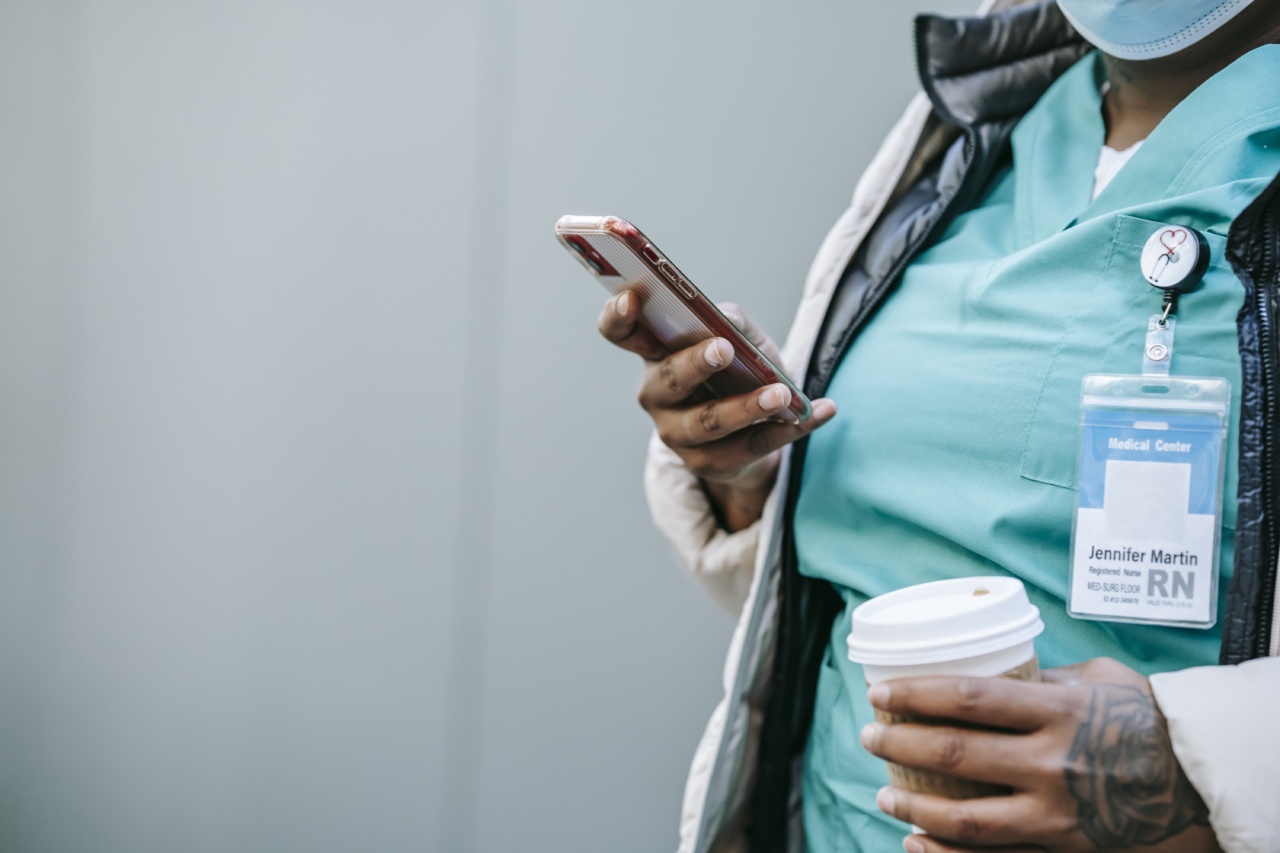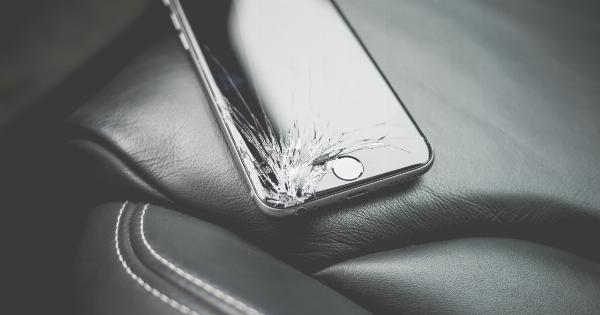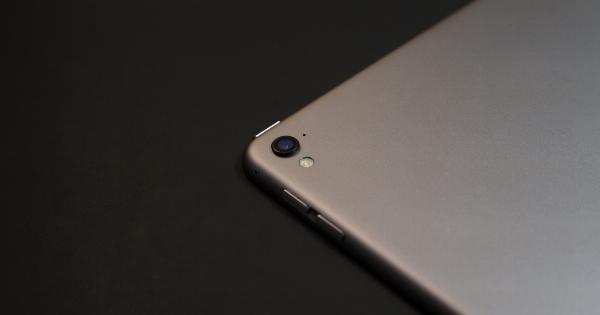Did you know that the average mobile phone harbors more bacteria than a public toilet seat? That’s right, the device that you use every day to call and text your loved ones may also be a breeding ground of microorganisms and bacteria.
In fact, a recent study found that the average mobile phone carries 10 times more bacteria than most toilet seats. But what exactly is lurking in the microbiome of your mobile phone?.
The dirtiest parts of your mobile phone
Before we dive into the specific microorganisms that may be growing on your mobile phone, let’s take a look at the most common areas where bacteria tend to thrive:.
- The screen: Most mobile phone screens are made of glass, which is a non-porous material that can trap oils, sweat, and bacteria. According to one study, mobile phone screens can carry up to 600 different types of bacteria.
- The back panel: The back panel of the phone is another common area where bacteria tend to accumulate. This is because it is often in contact with surfaces that are not clean, such as desks, tables, or pockets.
- The charging port: Charging your phone means plugging it into a power source, which exposes the charging port to dirt, dust, and other contaminants which can then be transferred to your phone.
- The buttons: Touching the buttons on your phone with unwashed hands can leave behind sweat and dirt, which can create the perfect environment for bacteria to grow.
What’s growing on your phone?
Now that we know where bacteria tend to accumulate on your mobile phone, let’s take a closer look at some of the specific microorganisms that may be lurking there:.
Staphylococcus aureus
Staphylococcus aureus is a type of bacteria that is commonly found on the skin and in the nasal passages. It can cause infections if it enters the body through a cut or wound.
Acinetobacter baumannii
Acinetobacter baumannii is a type of bacteria that is commonly found in hospital settings. It can cause infections in people with weakened immune systems.
Escherichia coli (E. coli)
Escherichia coli, or E. coli for short, is a type of bacteria that is commonly found in the intestines of humans and animals. Some strains of E. coli can cause food poisoning or urinary tract infections.
Candida
Candida is a type of yeast that can cause infections in humans. It is commonly found in the mouth, gut, and female genital tract.
The potential health risks
While most of the bacteria on your mobile phone are harmless, there is still a risk of infection if you come into contact with harmful strains. Here are some of the potential health risks associated with a dirty mobile phone:.
Acne
Touching your face with a dirty mobile phone can cause acne breakouts. This is because the bacteria that are living on your phone can transfer to your skin and cause inflammation.
Food poisoning
If you use your mobile phone while cooking or eating, there is a risk of transferring harmful bacteria from your phone to your food. This can cause food poisoning.
Skin infections
If you have a cut or wound on your skin and come into contact with harmful bacteria on your phone, there is a risk of developing a skin infection.
How to keep your mobile phone clean
To reduce the risk of harmful bacteria growing on your mobile phone, here are some tips for keeping it clean:.
Use an alcohol wipe
Regularly wipe down your phone with an alcohol wipe or a damp cloth to remove any oils, sweat, or dirt that may be hiding bacteria.
Avoid taking your phone to the bathroom
As we mentioned earlier, the bathroom is a breeding ground for bacteria. To reduce the risk of harmful bacteria on your phone, avoid taking it with you when you go to the bathroom.
Wash your hands before using your phone
Always wash your hands before using your phone, especially if you have just eaten or used the bathroom.
The bottom line
Your mobile phone is a breeding ground of microorganisms and bacteria. While most of the bacteria on your phone are harmless, there is still a risk of infection if you come into contact with harmful strains.
To reduce the risk of infection, it’s important to regularly clean your phone and practice good hygiene habits.



























